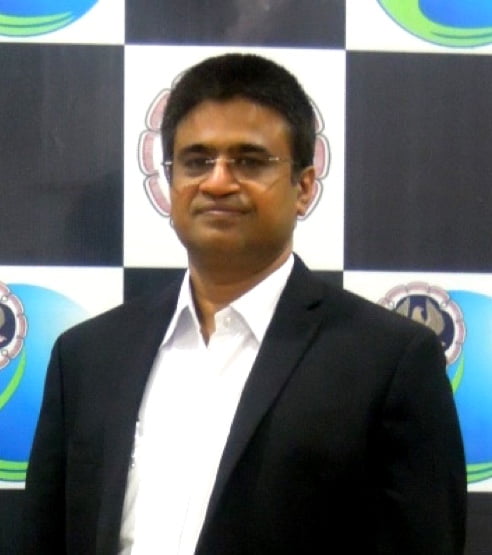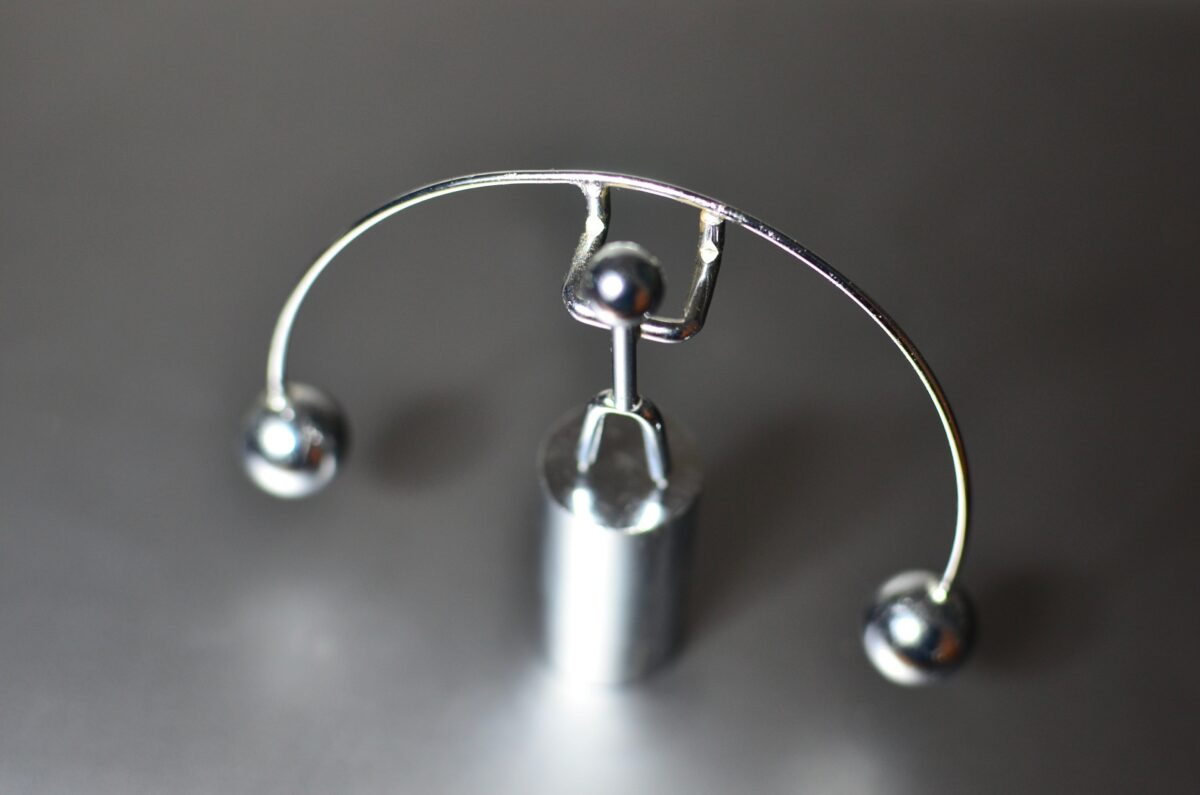Every human being on the planet is intrinsically the same — a combination of the physical body and conscious Soul or life-atom. The soul is permanent and formless and adopts the body to become a human being and experience reality.
Humans have the capacity of imagination that other species do not have. That is because of the fully evolved and developed Frontal cortex. Having a physical body with very advanced biological and neural systems, humans can communicate and experience being and existence.

The soul has specific values like justice, truth, happiness, and so on. The physical body has a separate set of needs — mostly concerning nourishment.
Spirituality is a concept that has been linked to the spirit, the unknown that animates the lifeless human body. The unknown here is the ‘spirit’ or the ‘soul’ or the ‘life-time.
It remained unknown because, till the dawn of the 21st century, no clear-cut theory explaining the same had been promulgated. Thanks to the philosophy of coexistence, now we know of it as a complete atom with a defined atomic structure just like the material atoms. The life-atom has a set of fixed characteristics in the human body.
Some Ancient Theories of the Soul
Different ancient anatomists and philosophers came up with their theories about the location of the soul. Some said it is located in the heart, some said it is located in the brain, others like Descartes said it is located in the pineal gland.

In Plato’s work Phaedo, Socrates is about to drink the poison. His followers who surround him do not understand why it is that he is so calm and cheerful and not at all worried about his impending death.
Socrates explains to them that he is not worried about dying because he is convinced that the psyche (soul) is immortal. Using the Theory of Forms is the way Socrates proves to his followers that the soul is immortal. The theory of Forms is about the idea of the true constructed nature of reality.
The Greek physician Hippocrates maintained the brain as the seat of the mind. Whereas, tabula rasa postulated by Aristotle in his treatise De Anima, suggested that soul/mind cannot be localized to a particular part of the body.
The Ontology
The fully developed frontal cortex in the human brain can read as well as convey all signals from the soul/life-atom, connecting with the outermost circle of the life-atom.
The life-atom controls the body by energizing it and sending it signals which can be read by the frontal cortex and communicated back to the same at unimaginable speeds. I have shared in the ppt format on Slideshare the full structure of the life-atom.
The life-atom made up of one particle in the nucleus and 2,8,18 & 32 particles in concentric circles, is complete in itself endowed with the power of imagination, understanding, and perception. The life-atom can learn from the culture and create a perception of existence in its own memory
Philosophically, the life-atom or soul is an ontic element. The actual element behind the name is reality. Calling it Spirit, Soul, Consciousness, Mind, Life-atom, Brahman, or God Particle or anything is all correct. Regardless of the word used to describe it, the actual object, in reality, remains the same. The characteristics of this soul or life-atom can be listed:
- Spirit/soul is indestructible.
- Spirit is endowed with infinite and never depleting energy.
- It needs a physical body to experience; it can sense, feel, and identify the feelings of love, belonging, achievement, relations, trust, etc.
- It permeates and passes through and gives life to each cell in the physical body of all shapes and sizes. Being endowed with imagination it can manifest as smaller than the smallest and larger than the largest.
- Spirit is immortal and after the death of the phenomenal body, it continues its quest to find another body and happy interactions and knowing the reality.
Metempsychosis- Transmigration of Soul
When a child is conceived around 3 months after the formation of the Zygote, the physical body is ready to house a soul. The soul which wants to manifest itself and understand the coexistence holistically uses the body and the senses to see, feel, and understand reality. This activity continues until death separates the perishable body and the permanent soul. The latter is permanent, satiating, and fulfilling, whereas the former is transient and needs to decompose beyond a point.
The matter is in a continuous state of formation and disintegration and this keeps going on. The body which is made up of physical elements will be decomposed and blended with the matter and go into a recycling process. The soul which is immortal and is complete will continue its quest to find another body and find enlightenment. That is the relationship between the soul and the body and the differences between them.



